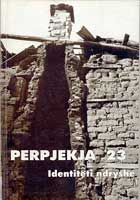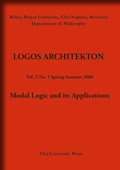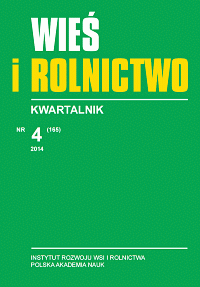We kindly inform you that, as long as the subject affiliation of our 300.000+ articles is in progress, you might get unsufficient or no results on your third level or second level search. In this case, please broaden your search criteria.




True contradictions are taken increasingly seriously by philosophers and logicians. Yet, the belief that contradictions are always false remains deeply intuitive. This paper confronts this belief head-on by explaining in detail how one specific contradiction is true. The contradiction in question derives from Priest’s reworking of Berkeley’s argument for idealism. However, technical aspects of the explanation offered here differ considerably from Priest’s derivation. The explanation uses novel formal and epistemological tools to guide the reader through a valid argument with, not just true, but eminently acceptable premises, to an admittedly unusual conclusion: a true contradiction. The novel formal and epistemological tools concern points of view and changes in points of view. The result is an understanding of why the contradiction is true.
More...
In the present paper I argue for the possibility of deriving a reasonable (though uncomfortable) sense of a relativity of set-theoretical concepts on the basis of the Löwenheim-Skolem Theorem and on the so called Skolem Paradox. This relativity is, in fact, a consequence of the non-categoricity of first order theories admitting infinite models. Moreover, I suggest that, (at least) in the special case of set theory, this relativity also opens the possibility of arguing for a pervasive vagueness of set-theoretical concepts.
More...
The aim of this paper is twofold: 1. the analysis of the way the Liar paradox is related to the limitative theorems, by a) a presentation of the linguistic form of Gödel sentence G (of Findlays [1] account), b) a formal-arithmetical reconstruction of the sentence G, and c) an abstract formal analysis (Smullyan’s style) of the limitative theorems, in order to discover their relationship with Liar paradox, and 2. the analysis of a possible solution to some paradoxes, by detecting the inconsistencies of some self-referential systems, both in a syntactical approach and a modal one.
More...
Mathematics is a source of analogy. This article is a philosophical study: the use of the mathematical language. This study shows how a “linguistic interpretation” can have a “linguistic meaning” for a symbolic mathematical interpretation. It is not a mathematical approach; even if there are some mathematical case studies for linguistic examples and their contents need a correspondence with abstract algebra.1 We introduce a linguistic construction which does not exist in mathematical language: the “well-defined [mathematical] conceptual association”2. Finally we want to prove that for two classical concepts, the concepts “set” and “element”, it is not possible a well defined conceptual association.
More...
Rural households constitute more than two fifths of the total of Polish households. The aim of this article is to assess the size and structure of expenditure in Polish households located in rural areas and to indicate the determinants of consumption in rural households. Despite many transformations of the Polish countryside in recent years, it is still possible to find features differentiating households located in towns and villages. The main determinants of the level and structure of expenditure in rural households are the disposable income per capita and the household size. Wiejskie gospodarstwa stanowią ponad 2/5 ogółu polskich gospodarstw domowych, a według kolejnych spisów powszechnych ich liczba rośnie. Celem artykułu jest ocena wielkości i struktury wydatków w polskich gospodarstwach domowych zlokalizowanych na wsiach, a także wskazanie na czynniki determinujące konsumpcję w wiejskich gospodarstwach domowych. Mimo przeobrażeń polskiej wsi na przestrzeni ostatnich lat nadal można odnaleźć cechy różnicujące gospodarstwa domowe miejskie i wiejskie. Na podstawie przeprowadzonej analizy z wykorzystaniem indywidualnych danych z budżetów gospodarstw domowych GUS głównymi determinantami poziomu i struktury wydatków w wiejskich gospodarstwach domowych są wielkość dochodu rozporządzalnego na jedną osobę oraz wielkość gospodarstwa domowego. Znaczącą rolę odgrywają też cechy społeczne i demograficzne gospodarstw domowych, które łącznie z poziomem dochodów są odpowiedzialne za tworzenie określonych struktur wydatków konsumpcyjnych w gospodarstwach domowych.
More...
recenzja książki: Być regionalistą. Inspiracje, autodefinicje, perspektywy. Praca zbiorowa pod redakcją Damiana Kasprzyka. Uniwersytet Łódzki. Łódź 2014
More...